
This Guy Created A $1,750 Mushroom Coffin That Turns Your Body Into Compost In Less Than 3 Years
InterviewThere’s a saying that we are but mere guests on this planet. So, we ought to treat it with love and respect just like we would any other home. And just like it applies to our lifetimes, so it should apply in the afterlife.
Loop, a startup based in Delft, the Netherlands, has come out with a solution to an eco-friendly afterlife with its Loop Living Cocoon coffin made from wood chips and mycelium that quicken the process of decomposition and help nature acquire vital nutrients more effectively.
Dutch researcher Bob Hendrikx designed an eco-friendly coffin made out of mushroom fiber—mycelium
Image credits: Loop
So, Delft University of Technology Researcher Bob Hendrikx, with whom Bored Panda got in touch, has designed what he calls a living coffin that is made from mycelium, the vegetative part of a fungus or fungus-like bacterial colony.
The aim of the living coffin is to compost our peaceful bodies more efficiently and in a way that removes the toxic substances that we may have piled up inside over the span of our lifetimes to produce richer conditions for flora to grow in the place of our eternal rest.
The coffin quickens the process of decomposing the body and turns it into compost for the earth
Image credits: Loop
The inspiration for this came when Hendrikx was presenting a living home concept during Dutch Design Week 2019. He soon ended up adapting the concept to a coffin based on mycelium.
“Normally, what we do as humans is we take something out of nature, we kill it, and we use it. So I thought: what if we humans start moving from working with dead materials toward a world in which we work with living materials? We would not only become less of a parasite, but we could also start exploring super-cool material properties, like living lights, walls that are self-healing, and that kind of stuff,” elaborated Hendrikx.
He got the inspiration for it after presenting a ‘living home’ concept during Dutch Design Week 2019
Image credits: Loop
The coffin is made from mycelium and wood chips, the inside has a moss bed brimming with microorganisms
Image credits: Loop
The coffin includes a moss bed, plant roots, and a number of living microorganisms with a wood-chip and mycelium serving as the materials for the coffin’s exterior walls.
Usually, it takes up to 12 years for the body to fully decompose depending on various conditions. Besides whatever junk we ate that got stuck in our bodies, things like varnished and metal coffin parts as well as synthetic clothing can stay underground for much longer periods of time.
The mycelium, however, can bring it down to just 2 to 3 years because of its active contribution to the composting process. It’s not just the waste products from the human body that are converted into nutrients, but the quality of the surrounding soil is also improved.
Mycelium is known as the world’s biggest recycler that breaks down organic matter and pollutants into nutrients
Image credits: Loop
So, not only does it make the process faster, but also ensures a positive impact on the soil
Image credits: Loop
The living coffin underwent extensive testing, including collaborations with funeral cooperatives CUVO and De Laatste Eer. Further practical tests done by Ecovative, a biomaterials company, showed that the coffin is actually absorbed within 30 to 45 days under regular conditions in the Netherlands.
The company is currently working on identifying the full scope of the contribution that the body and the coffin makes to the soil as it will help convince local authorities to transform relatively polluted areas into healthy natural landscapes.
Image credits: Loop
The coffin itself dissolves within 30–45 days and cuts the body’s decomposition process from 12 to under 3 years
Image credits: Loop
“The biggest challenge is getting the living product in the shops since this is a product that is often sold B2B2C—normal people don’t really order a coffin from a webshop yet,” elaborated Hendrikx. “So, there might be a disruptive edge to create a new supply chain.”
Besides the positive ecological aspects, living caskets may also help mitigate the problem of overcrowding in cemeteries. The faster decomposition process would mean that the same grave may become available faster for family members and the like.
This is said to be the world’s first ‘living coffin’ and has already been used for a funeral in the Netherlands
Image credits: Loop
Image credits: Loop
According to Loop’s website, it is the world’s first living coffin “created by nature,” and it was also recently used in what is now the first funeral held using living coffins. The funeral was of a man’s mother in the Netherlands. He was happy to know that his mother will soon be living as one with nature.
The coffin is said to cost around €1,500 (approx. 1,750 US dollars) and the price is expected to fall as production intensifies and, hopefully, mycelium-based caskets become the new norm in burials.
The coffin costs around €1,500 (approx. 1,750 US dollars), but the price may drop with time
Image credits: Loop
Check out the video for Loop’s living coffin below
Image credits: Loop
We’ve also asked Hendrikx if there are plans to develop other related products based on mycelium, to which he replied: “We are definitely looking at animal coffins and shrouds. And also elements to be placed into graves.”
You can learn more on Loop’s website and Instagram as well as Hendrikx’ Instagram account. But before you go, let us know your thoughts on this. Would you want to be buried in a living coffin, or do you prefer alternative methods like cremation? Let us know in the comment section below!
19Kviews
Share on FacebookVery eco friendly. I dont know if this is just me but i feel like i have been seeing creativity in coffin design.
Agreed. The price of burial in the US is staggering.
Load More Replies...My mom has a compost bin and whatever leftover turns into dirt or whatever. Imagine your dirt being somebody's decomposed body. (I don't think I'm using proper grammar or whatever)
I think that's an awesome idea! I would love for my body to have a positive effect after I'm finished with it.
Load More Replies...I am a mortician, teacher, and environmentalist. I volunteer with the Green Burial Council to educate folks (especially the funeral industry) on ecological funeral services.The soil is a galaxy of living organisms and it's purpose is to break down organic matter and turn it into "vital nutrients." To say "usually, it takes up to 12 years for the body to fully decompose" and that this "can bring it down to just 2 to 3 years" is misleading. An unembalmed body, buried with 2-3 ft of soil on top of it (the minimum required in most US states), and not in a "sealing" container (no casket or vault; maybe instead a shroud or simple pine box) can fully decompose in a month in the right circumstances. However, there is no exact science to this because of the complexity of factors involved. Though products like these help consumers reimagine how we relate to the environment at death, we don't need them for "nature [to] acquire vital nutrients more effectively." It's effective in it's own right.
"... and not in a sealing container...." that's exactly the problem!! Where would be the funeral industry without sealing containers?
Load More Replies...Very eco friendly. I dont know if this is just me but i feel like i have been seeing creativity in coffin design.
Agreed. The price of burial in the US is staggering.
Load More Replies...My mom has a compost bin and whatever leftover turns into dirt or whatever. Imagine your dirt being somebody's decomposed body. (I don't think I'm using proper grammar or whatever)
I think that's an awesome idea! I would love for my body to have a positive effect after I'm finished with it.
Load More Replies...I am a mortician, teacher, and environmentalist. I volunteer with the Green Burial Council to educate folks (especially the funeral industry) on ecological funeral services.The soil is a galaxy of living organisms and it's purpose is to break down organic matter and turn it into "vital nutrients." To say "usually, it takes up to 12 years for the body to fully decompose" and that this "can bring it down to just 2 to 3 years" is misleading. An unembalmed body, buried with 2-3 ft of soil on top of it (the minimum required in most US states), and not in a "sealing" container (no casket or vault; maybe instead a shroud or simple pine box) can fully decompose in a month in the right circumstances. However, there is no exact science to this because of the complexity of factors involved. Though products like these help consumers reimagine how we relate to the environment at death, we don't need them for "nature [to] acquire vital nutrients more effectively." It's effective in it's own right.
"... and not in a sealing container...." that's exactly the problem!! Where would be the funeral industry without sealing containers?
Load More Replies...
 Dark Mode
Dark Mode 

 No fees, cancel anytime
No fees, cancel anytime 






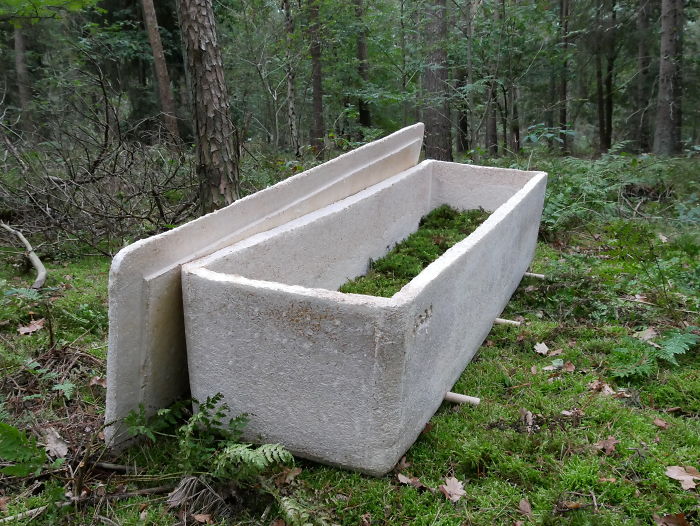

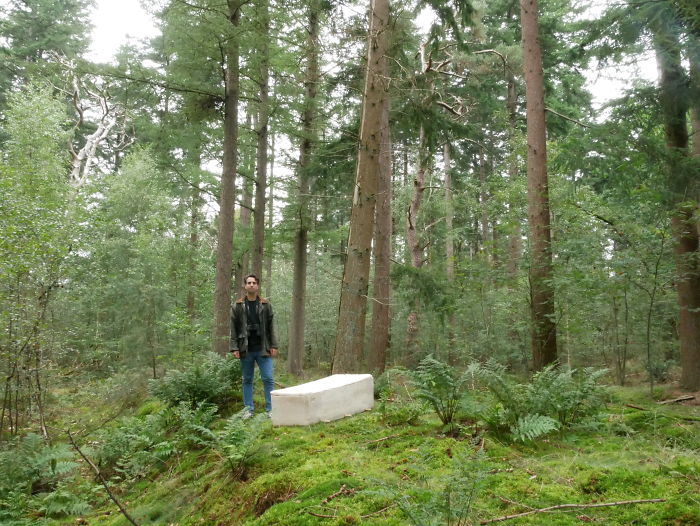
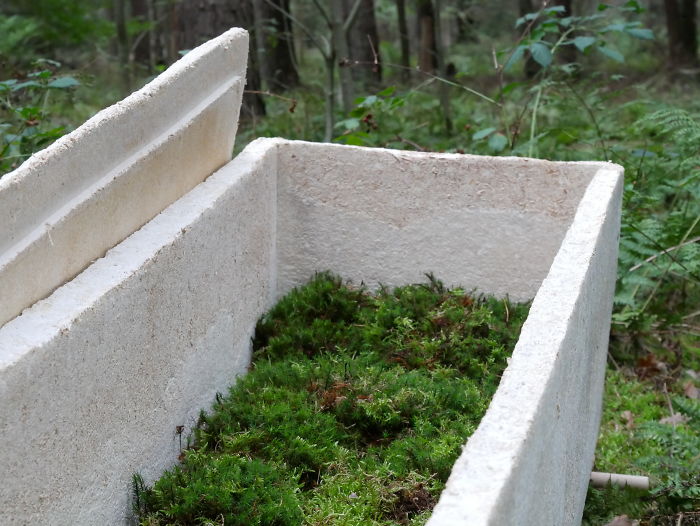

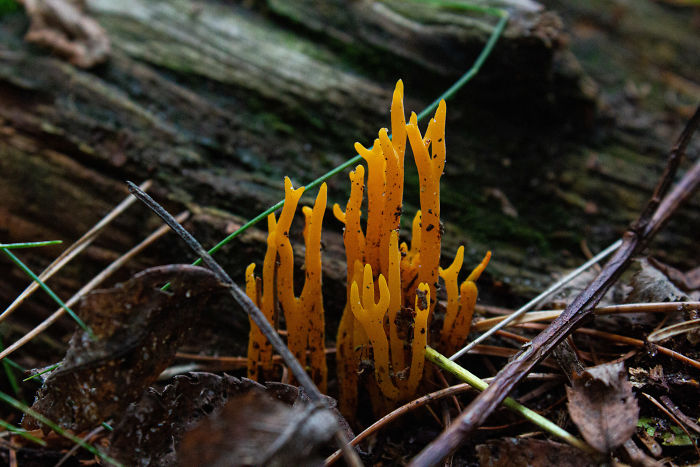
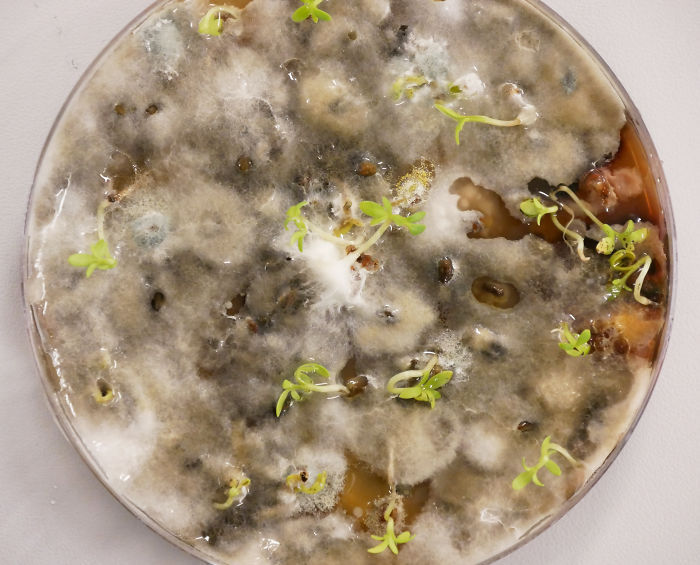
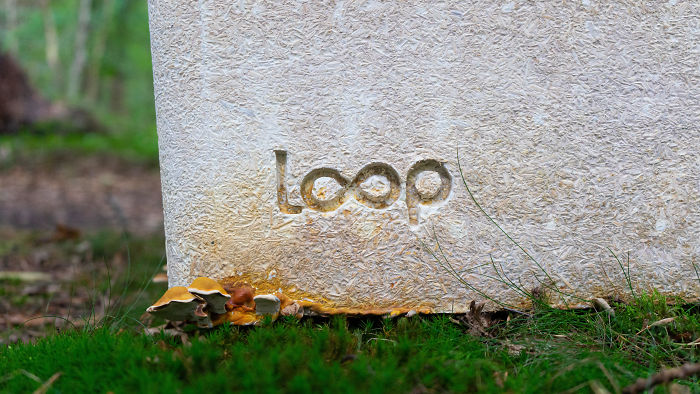


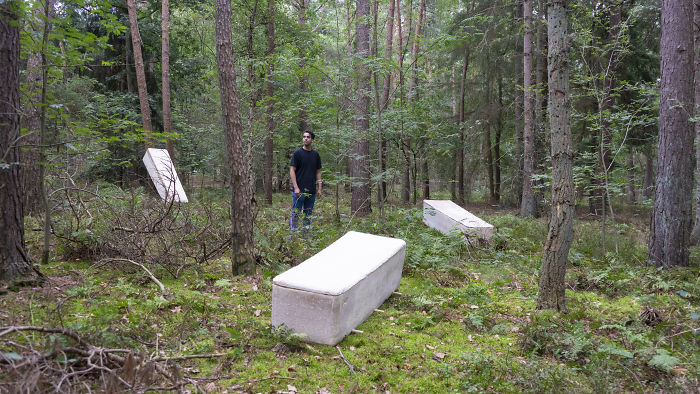












































238
74